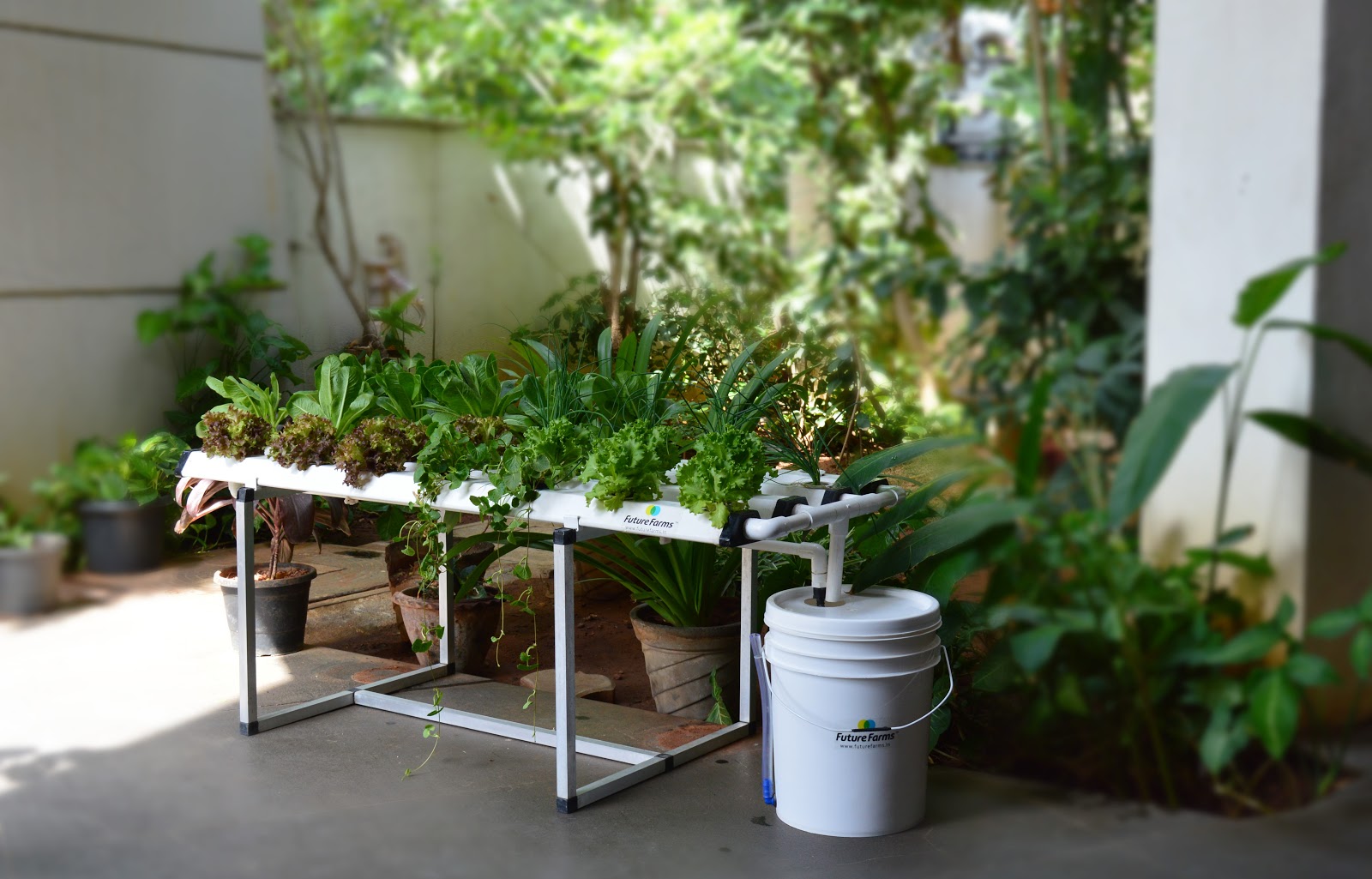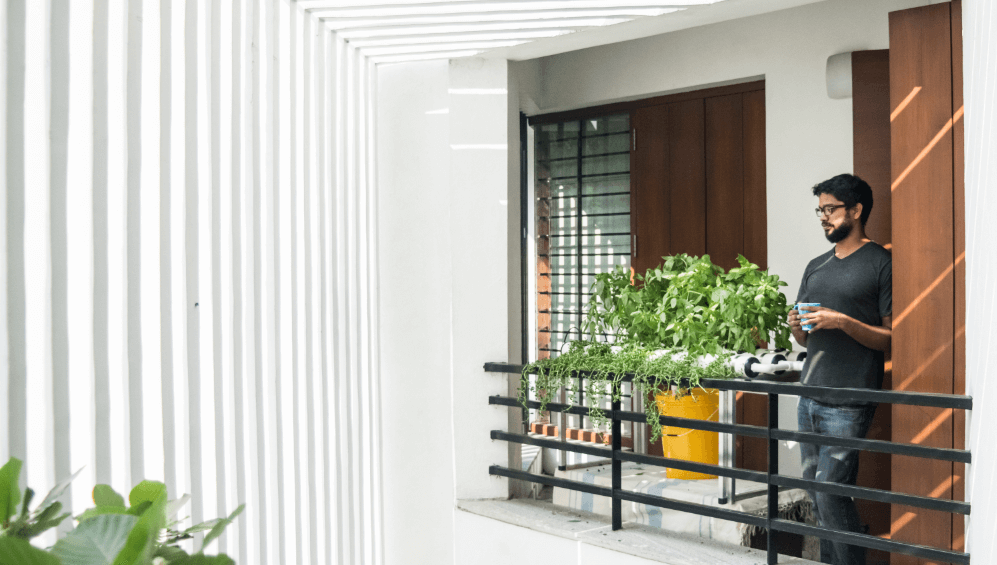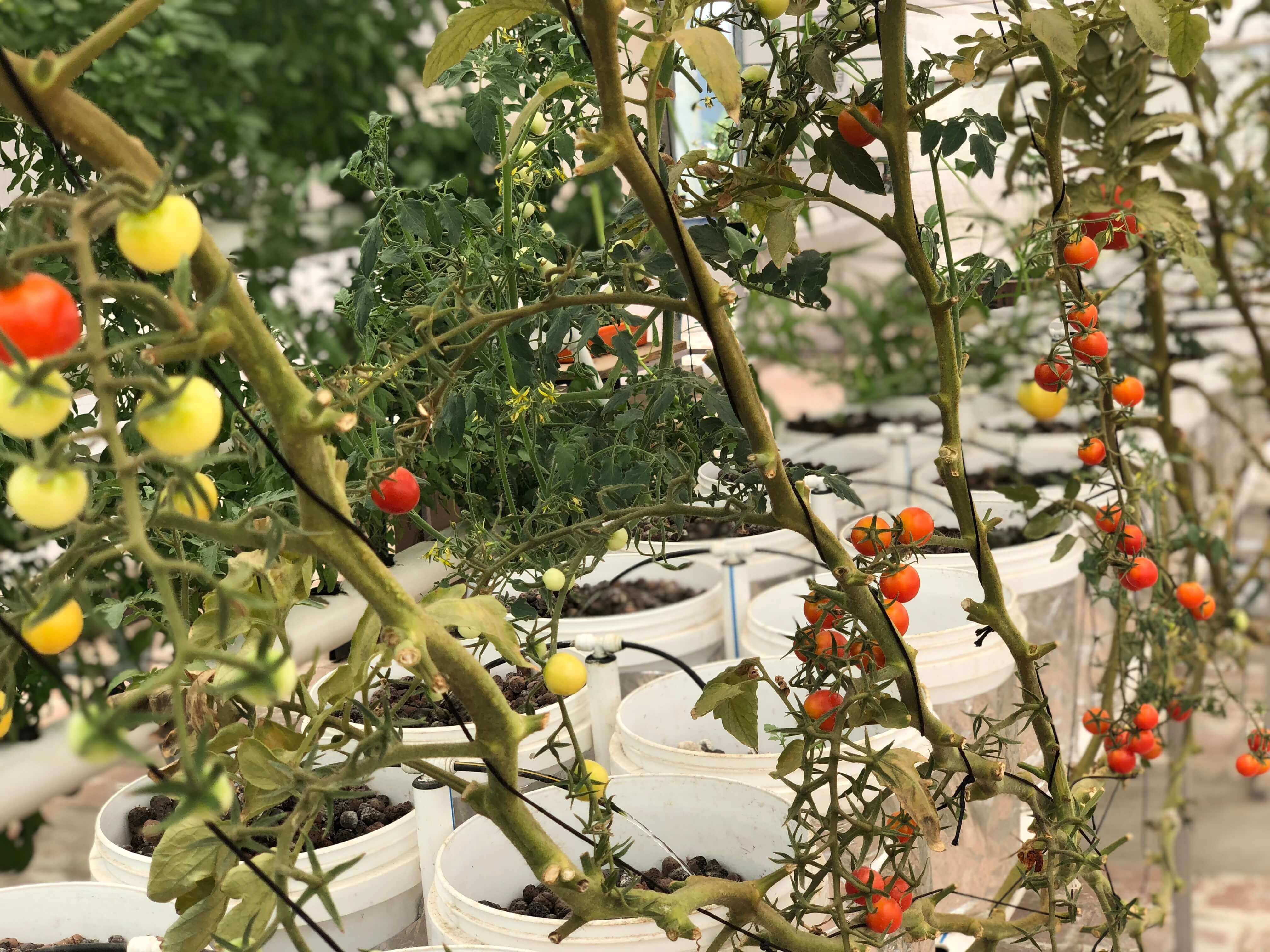
What is Vertical Hydroponic Gardening
What is Vertical Hydroponic Gardening
Vertical gardening, simply put, happens when you grow plants in layers that are one on top of the other. This method is useful for those who are looking to economize on space, since you can grow upward almost indefinitely thereby increasing plant capacity within a restricted space. With the introduction of hydroponics in India , vertical farming has become much simpler since soil is done away with.
Hydroponics farming in India can be done vertically or horizontally. When done vertically, hydroponics farming in India will require the use of grow lights since all the plants will not have adequate exposure to sunlight. With the incorporation of lights in a vertical farming project the cost of setting up the farm will increase drastically which is why vertical hydroponic farming hasn’t gained much traction in India yet.
Vertical hydroponic farming is also being increasingly used to lend aesthetic appeal to indoor and outdoor walls. The primary issue with doing it outdoors is on account of the hydroponic system design , all the plants may not get equal exposure to sunlight hence the wall will have uneven growth. When done indoors once again grow lights are a must and they must be positioned such that the entire wall is covered with light. Ideally indoor greens walls tend to be suitable for growing plants which require less light like ferns and moss.
With developing hydroponic system designs and increasing awareness about Vertical farming and hydroponics farming in India, there is a lot of untapped potential in this market. Get in touch with FutureFarms to get started now!



